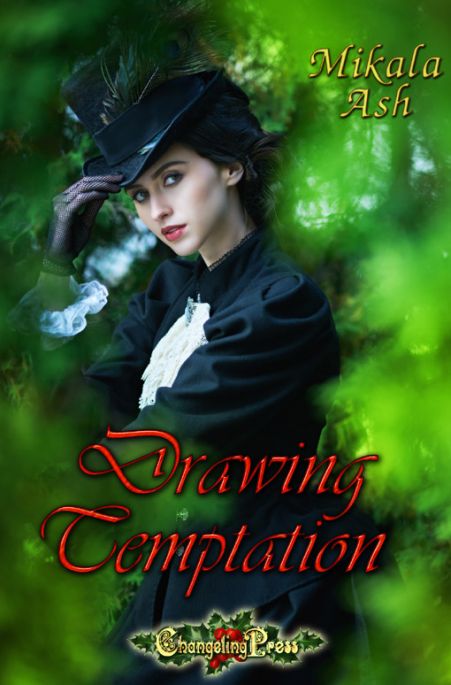After reading/researching about Pre-Victorian and Victorian era cooking, it makes me tremendously happy to be living in the twenty-first century! But, as you know, I love researching the Victorian era and how they did things so that I can add steam technology to it to make life easier for my alternate steampunk world.
Cooking in the eighteenth century was done on a fire set into an open grate, the fire being controlled by moving the sides of the grate to make it smaller or bigger. Pots and kettles were suspended over the fire on swinging iron bars fixed to the side of the fireplace. Some, called recons, had a piece of iron attached to them and pots could be raised or lowered by putting hooks of varying lengths into holes punched into the piece of iron. Bread was cooked in an over beside the fireplace and meat roasted on spits. The spits were turned either by a wind-up mechanism or by smoke jacks. A smoke jack fitted into the chimney. It was a horizontal wheel filled with metal spokes set obliquely like the sails of a windmill.  The spokes turned when a current of hot air and smoke hit them, in turn, rotating another wheel to which a chain was attached. The chain stretched down to a wheel fastened to the spit, and so the spit rotated. The hotter the fire, the faster the spit went round.
The spokes turned when a current of hot air and smoke hit them, in turn, rotating another wheel to which a chain was attached. The chain stretched down to a wheel fastened to the spit, and so the spit rotated. The hotter the fire, the faster the spit went round.
Smoke jacks were seldom used in small houses because they were so noisy, a particular embarrassment if the dining room was directly over the kitchen.
Toward the end of the eighteenth century, the Industrial Revolution began to pave the way for cast iron ranges, which were to dominate the Victorian kitchen. Mechanization in the mines made coal easily available; a way was found in perfecting the making of cast iron; the growth of the railroad helped to transport salesmen, ranges and range fitters to most parts of the country.
Early ranges were called ‘open’ because the fire wasn’t enclosed. The first open range was developed by Thomas Robinson in 1780. It had a fire on one side of the fire grate and a hot water tank on the other side. It also had a drawback; food on the side nearest to the fire burnt easily. The invention of flues to carry the heat around the oven helped to make it more efficient.
The larger the household, the bigger the open range. Meat was still roasted on a horizontal spit in the front worked by a smoke jack. In smaller houses, however, a joint was roasted by suspending it on a hook fastened to a line which was fastened to a bottle jack. The jack, which was a bottle-shaped metal device with a clockwork mechanism inside, was hung from the mantelpiece. Once wound up, the jack would rotate the joint first one way and then the other. The scullery maid would have to keep an eye on it because it would have to be wound up again. And if the fire was uneven, the joint would cook at the top and not the bottom.
The open range was followed by the closed range. Although patented in 1802, the closed range didn’t become popular until the middle of the century. It was called closed because an iron plate blocked the heat from going up the chimney, and instead diverted it to flues which went behind and warmed the ovens. Closed ranges were also known as kitcheners. They were considered more efficient in the use of coal even though they had to use more coal because air from the kitchen had to pass through the oven before going up the chimney.
Due to the smaller expanse of exposed fire on closed ranges, the bottle jack had to be modified. A semicircular screen was invented. The screen was made of polished tin and the bottle jack could be hung from a hook at the top of it. Half enclosed with shiny metal to reflect the heat, a joint could be roasted quickly.
Guess what the screens were called? Hasteners! 🙂 So that the screen didn’t have to be moved from the fire in order to baste the meat, a door was cut into the back. Through this a kitchen maid could baste the meat with fat caught in a well at the base of the screen.
Many closed ranges were totally enclosed, with the fire not being visible at all. This meant the ranges had to be specially vented to take off noxious fumes that Victorians believed meat—especially venison—created.
Toward the end of the eighteenth century, a philanthropist and inventor by the name of Count Romford was so appalled by the waste of coal that he invented an ‘enclosed’ roaster. He exhibited it at the Royal Institution. Find out more by reading the next post.
Reference
Davies, J. (1989). The Victorian kitchen. B B C Book, a division of B B C Enterprises, Ltd. Woodlands, 80 Wood Lane, London.











Fascinating. Great research. I’m looking forward to your next installment!
Some years ago public television filmed a family that had volunteered to spend time living totally as a turn of the century household. (I don’t remember the period of time, but it was an extended time and I think they quit before it was up.) For the women it was brutal. The housework was non-stop, physical, dirty, and dangerous. No such thing as relaxing with a hot shower, filing your nails, or mosturizing shampoo.The husband/father had it somewhat better, although shaving with a straight-razor takes practice. Wearing the clothing was a nightmare. I never before realized how lucky I was to be born on this side of WWII.
Thanks, Dianna. I love doing research. That TV show sounds fascinating. I might last a day–or not!
Of course, a steampunk setting could make living slightly easier–give the characters a little more comfort! 😉 That is why I love this genre.